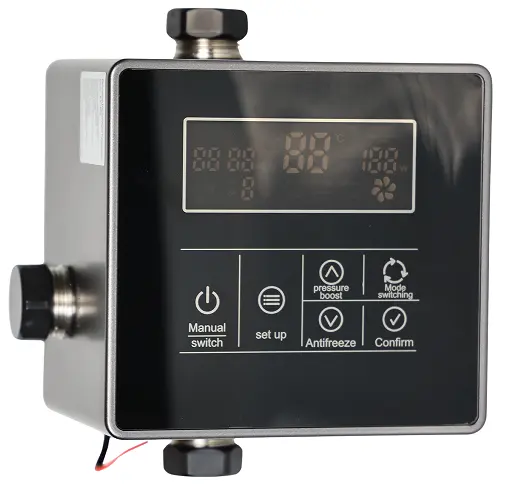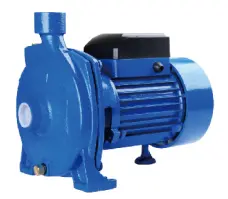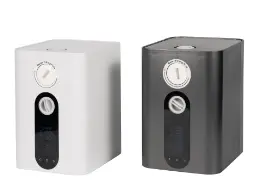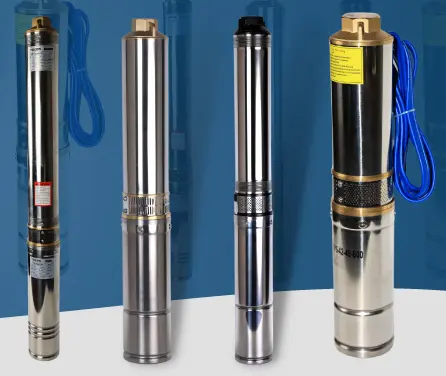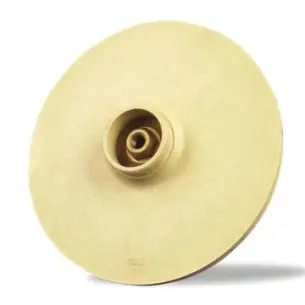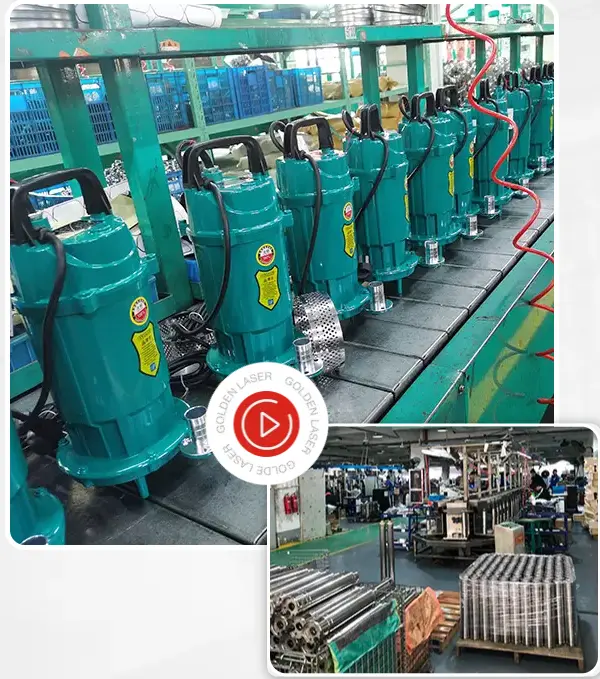Energy saving potential of variable frequency converters
 Two-thirds of industrial electricity is consumed by motors. Therefore, any possibility of reducing load, even if it is only a few percent, is significant. In industrial applications, we have the opportunity to cut energy consumption in half, so the industry should take full advantage of these opportunities. However, variable frequency converters are only used in a few areas. This is because the people who design these applications are not the same people who pay the bills for these energy consumption. At the same time, those who are responsible for paying the electricity bill are mostly not engineers and do not know the benefits of using Variable Frequency converters.
Two-thirds of industrial electricity is consumed by motors. Therefore, any possibility of reducing load, even if it is only a few percent, is significant. In industrial applications, we have the opportunity to cut energy consumption in half, so the industry should take full advantage of these opportunities. However, variable frequency converters are only used in a few areas. This is because the people who design these applications are not the same people who pay the bills for these energy consumption. At the same time, those who are responsible for paying the electricity bill are mostly not engineers and do not know the benefits of using Variable Frequency converters.
How variable frequency converters reduce energy consumption
Variable frequency convertersreduce the Output Power of application components such as fans and pumps by reducing the speed of themotor. It can prevent the motor from running at a speed higher than the required speed. When using other methods, the motor runs at full speed if the output fluid is obstructed. For example, fluid flowing through a pipe slows down as it passes through a valve, which is wasteful because the motor runs at rated speed regardless of conditions. The pump outputs maximum power, and the excess energy is consumed at the valve, and the remaining energy is wasted in the form of friction. The speed of the pump is related to the energy required by the pump in a cubic relationship. Because the energy required increases with the cube of the speed. This means that a small increase in fan speed requires a lot of energy. But by the same token, a moderate reduction in speed can also greatly reduce energy consumption. When a fan or pump runs at half its rated speed, the energy consumption is only 1/8 of that when the motor runs at full speed. Using a motor that is too large will consume more energy than is actually required, which makes the energy waste problem worse. Because the speed of the motor is fixed, users often choose a motor that is larger than actually needed, which wastes its output power.
Usually the motor has only one speed, and if you need a different speed, you must buy a different motor. The inverter works by controlling the power supply voltage and current waveform supplied to the motor. The operation of the motor shaft can be precisely adjusted to ensure the required performance requirements.
Energy audit
If a company wants to reduce energy costs, it must first evaluate its energy use. An energy audit is a systematic check of major pumps and fans, including energy monitoring before and after the use of the variable frequency drive. The audit results will determine where energy can be saved and the amount of energy that can be saved after the variable frequency drive is installed. If the variable frequency drive is installed, these figures will be converted into monthly energy savings, which is the amount of money that can be saved on the electricity bill. "50% energy savings at 20% rated speed" is often considered by many users to be exaggerated, but it is proven. The best way to verify whether such energy savings can be achieved is to conduct an energy survey. It will prove the potential for energy savings in black and white, prompting you to make decisions that can improve your company's profits.






